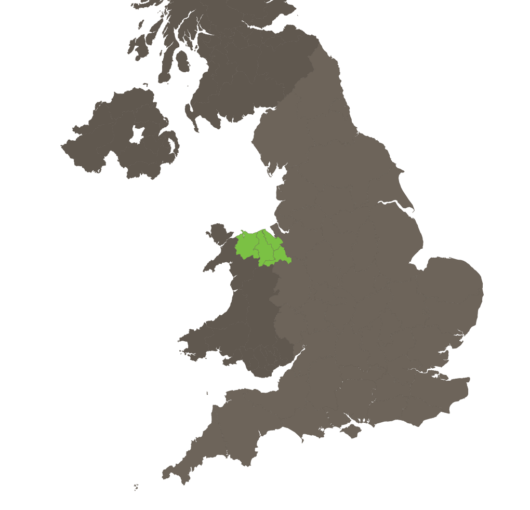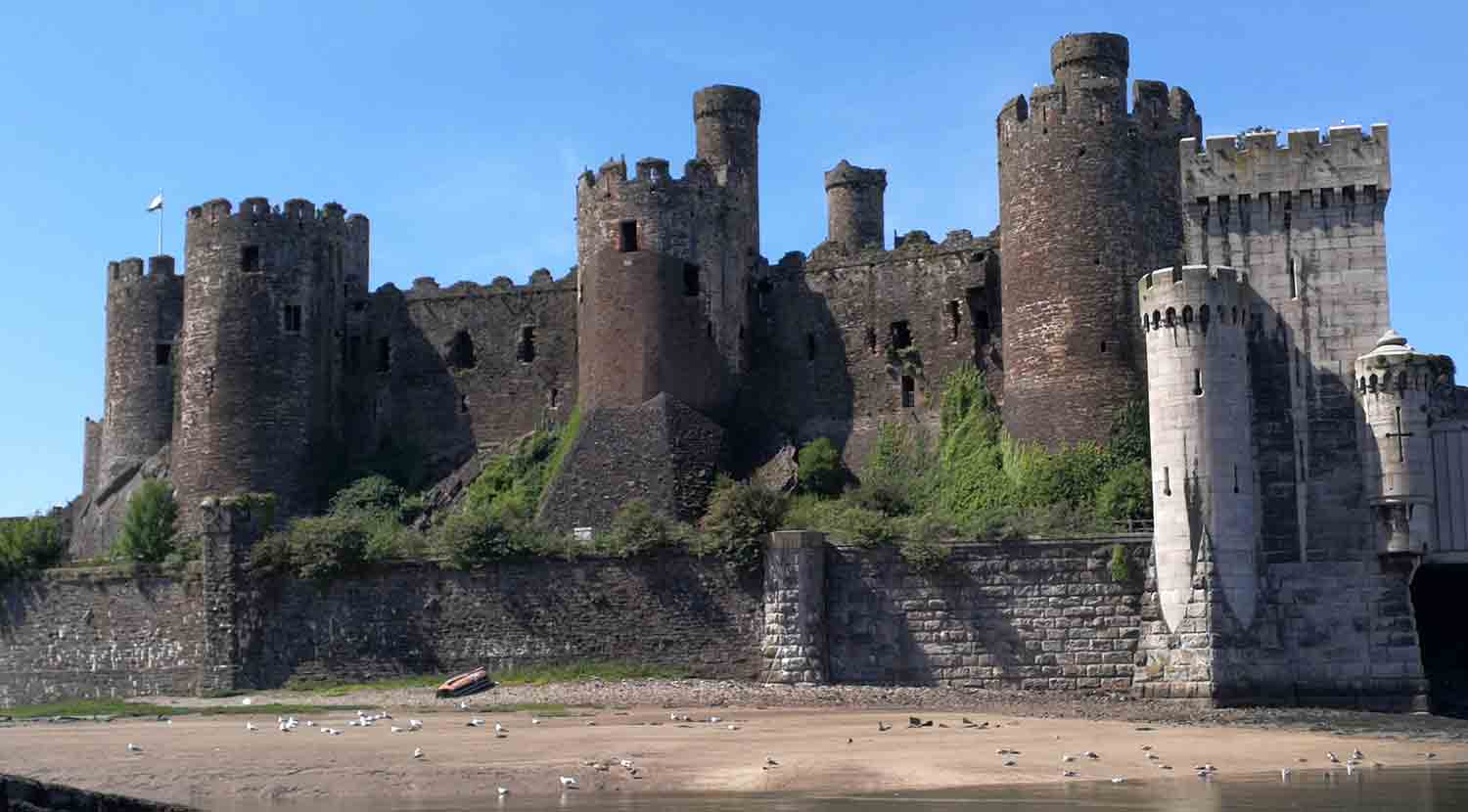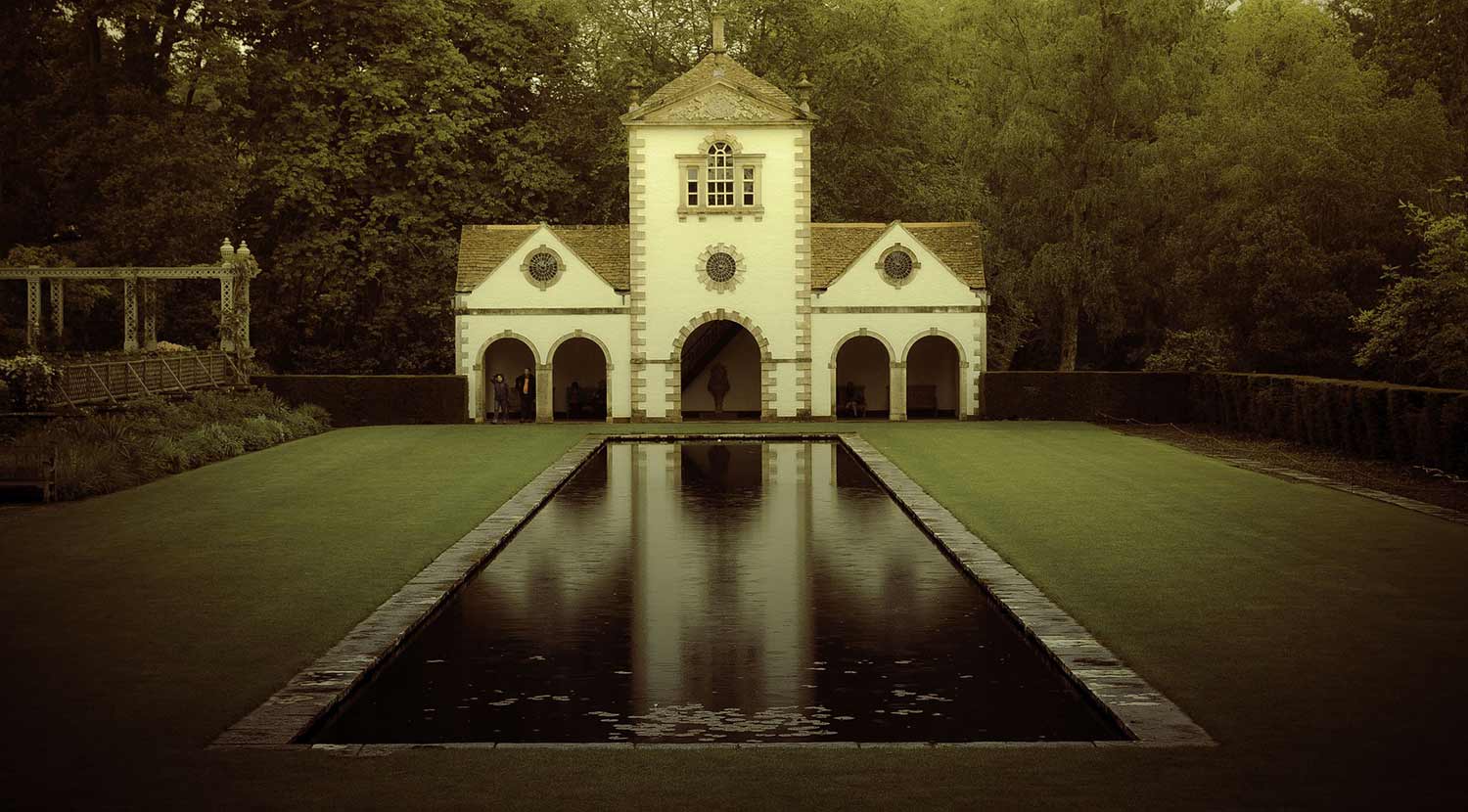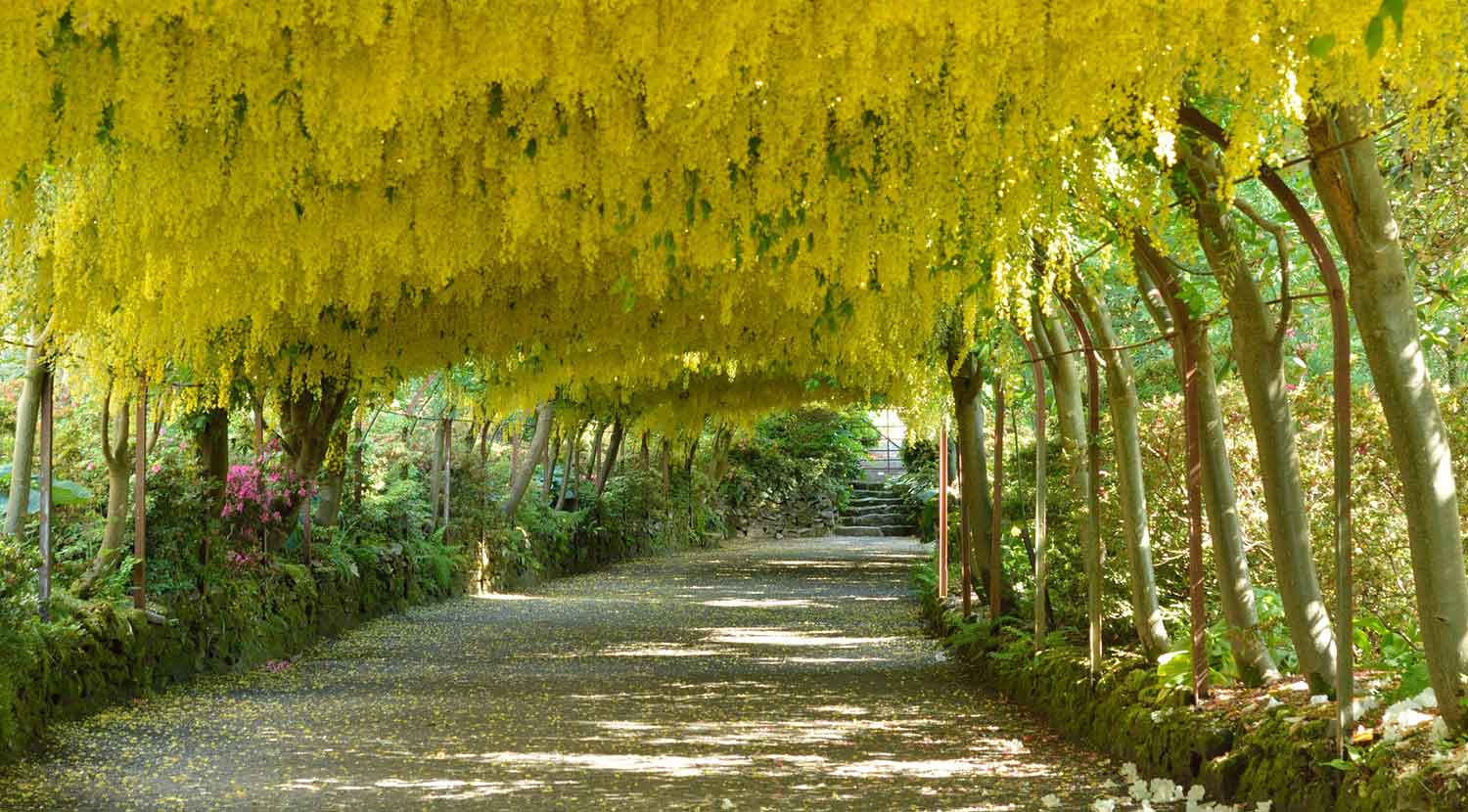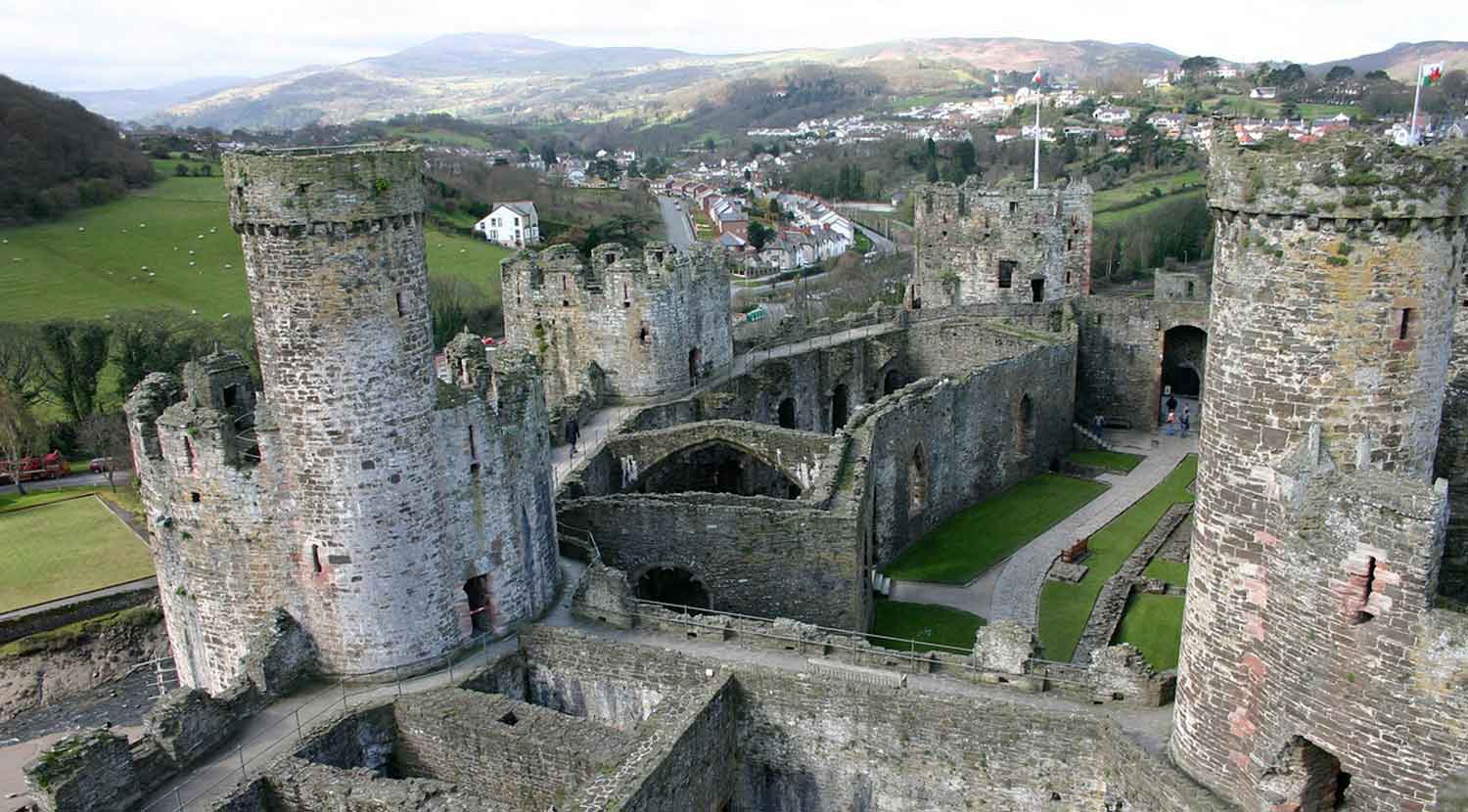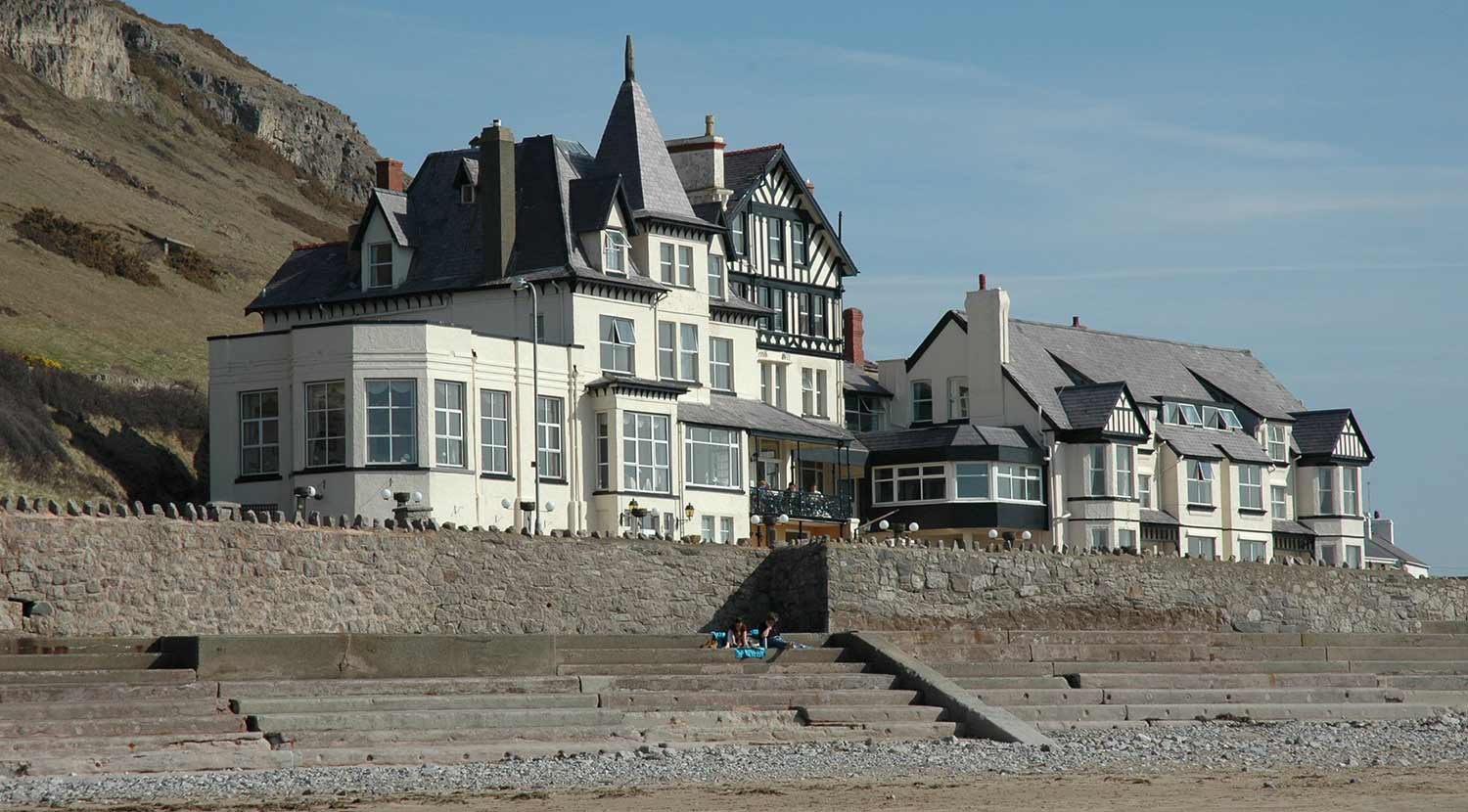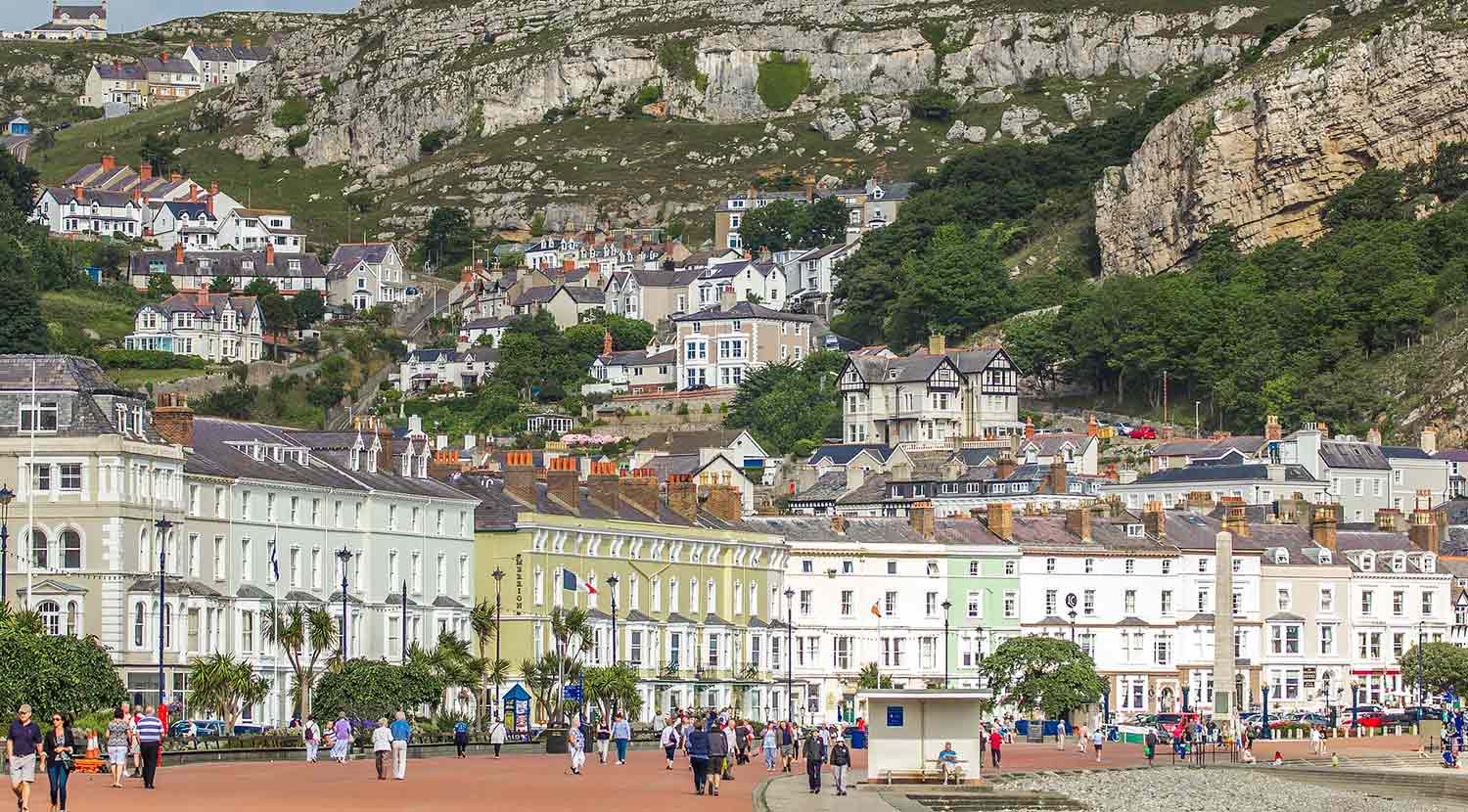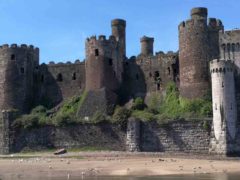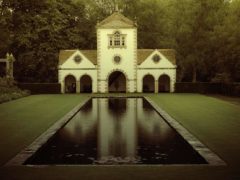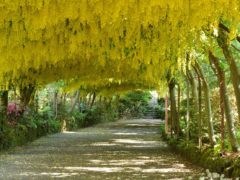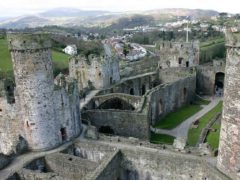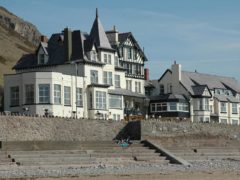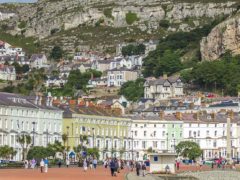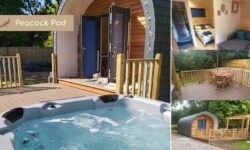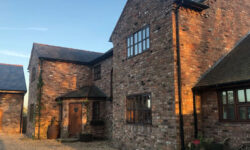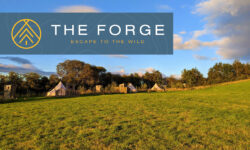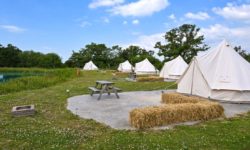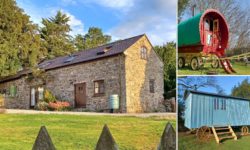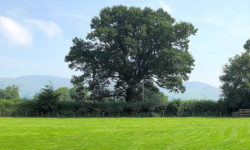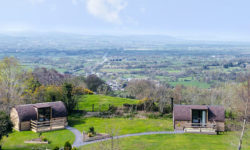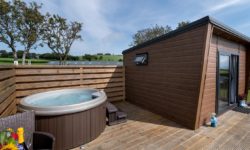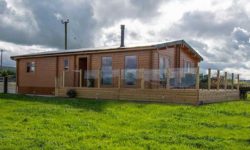This area has been settled since prehistoric times, the Romans built a fort beside a ford on the River Conwy, and the Normans and Welsh disputed the territory leading to many castles being built at strategic locations including Conwy, Flint and Rhuddlan. Castell Dinas Brân was a Welsh fortress of the same period.
St Asaph Cathedral dates from the 13th century, as does the medieval Cistercian abbey of Valle Crucis.
Traditionally, agriculture was the mainstay of the economy. The introduction of the railway from Chester along the North Wales coast in the mid-nineteenth century led to a massive expansion of the seaside towns like Llandudno, Rhyl and Prestatyn and nowadays, tourism is the main source of income combining traditional seaside delights with spectacular scenery and history.
To the south, the Clwydian Range and Dee Valley constitute an Area of Outstanding Natural Beauty ideal for a leisurely drive with many opportunities for walking or canoeing. Denbigh, Colwyn and Ruthin are historic towns and Llangollen hosts the International Musical Eisteddfod in July each year. The Pontcysyllte Aqueduct was built by Telford in 1805 and is the largest aqueduct in the United Kingdom; it carries the Llangollen Canal over the River Dee and is a World Heritage Site.
Bodnant Garden is a formal garden, and Erddig Hall a stately home, both owned by the National Trust. Other fine country houses include Trevor Hall and Bodelwyddan, while Plas Mawr and Aberconwy House are historic town houses in Conwy.
The North Wales coast is well served by road and rail connections.
The Welsh ceremonial county of Clwyd borders the Irish Sea, Merseyside via the River Dee, Cheshire, Shropshire and the Welsh counties of Powys and Gwynedd.
Clwyd has a population of approximately 500,000 inhabitants with Wrexham by far the largest town, with other populations at Rhyl, Llandudno and Prestatyn.
The county benefits from miles of sweeping coastline, sandy beaches, mountains, estuaries and a number of rivers including the River Alyn, River Dee, River Clwyd and River Conwy.
The county is splits into two with the inland part peppered with pretty villages, mountains and river valleys whilst the northern coast is home to a number of traditional coastal resorts including Llandudno, Colwyn Bay, Rhyl and Prestatyn.
